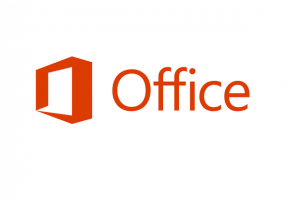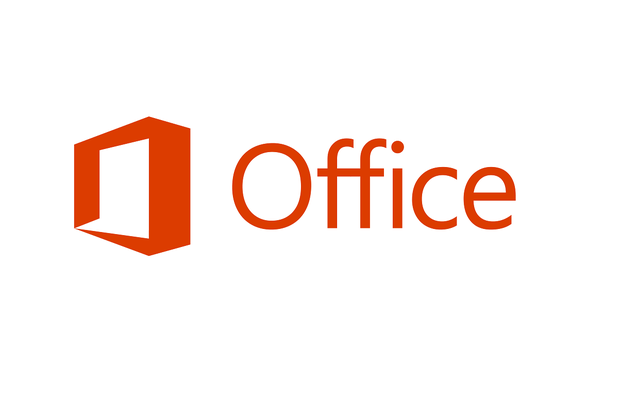Microsoft thought it will suggest businesses a slower update tempo for Office 2016, just as it has already promised for Windows 10.
 Companies that subscribe to Office 365 ProPlus, Enterprise E3 or Enterprise E4 -the three top-tier rent-not-own plans for large customers -will be able to limit the number of Office feature and functionality updates delivered to selected PCs.
Companies that subscribe to Office 365 ProPlus, Enterprise E3 or Enterprise E4 -the three top-tier rent-not-own plans for large customers -will be able to limit the number of Office feature and functionality updates delivered to selected PCs.
“We understand there is a need to reduce the number of feature enhancements on certain devices, especially for those being used for critical line of business solutions,” said Amesh Mansukhani, senior technical product manager, and Alistair Speirs, senior operations program manager, in a blog post Thursday. Both work in the Office 365 group.
“For those devices, we are introducing the ability to receive feature updates no more than three times per year. In between these cycles, we will continue to provide security updates,” Mansukhani and Speirs added. “IT admins will have the ability to easily define which systems will take advantage of deferred updates versus the existing always-up-to-date model.”
The update option will be available for copies of Office 2016 installed by ProPlus, E3 and E4 subscribers. Office 2016 is now in limited beta but will launch later this year.
Although some components of Office 365 are cloud-based — such as Exchange — the Office desktop, tablet and smartphone applications are not: They are installed locally. Office 365 ProPlus, which costs $12 per user per month, is essentially a multi-license subscription to the suite, with rights to install the applications on up to five Windows PCs or Macs; up to five Windows, Android or iPad tablets; and on up to five smartphones.ProPlus is also bundled with the Office 365 Enterprise E3 and E4 plans, which run $20 and $22 per user per month, respectively.
Microsoft did not say whether the three-times-a-year update option will be available to Office 2016 outside of Office 365. (Microsoft has pledged that Office 2016 will be sold in perpetual license form, including volume licensing agreements to corporations.) It would be entirely in character for Microsoft to limit the slower tempo to Office 365 subscribers, using that as another way to nudge enterprises to switch from perpetual licenses to subscriptions.
Microsoft will offer businesses a similar slower update cadence for Windows 10 when it ships the new OS this year. Last month, the company talked up two new Windows update tracks for enterprises, labeled “Current branch for business” (CBB) and “Long-term servicing branch” (LTS).
While the Redmond, Wash., company has not yet disclosed timelines for those tracks, experts anticipate that CBB will be a three-times-a-year tempo and that the even-slower LTS will deliver security patches but leave the OS’s feature and UI (user interface) untouched for years at a stretch. Mansukhani and Speirs of Microsoft promised that more information about Office 2016’s update cadence would be provided at Ignite, the Chicago conference slated for May 4-8.






